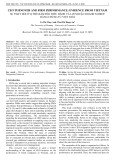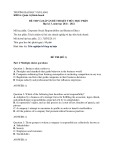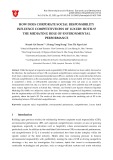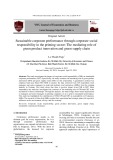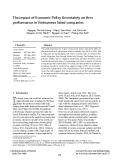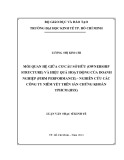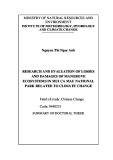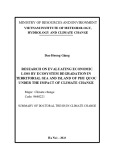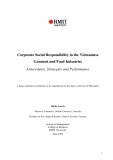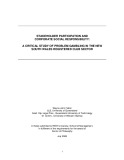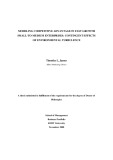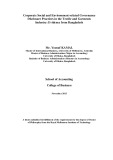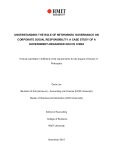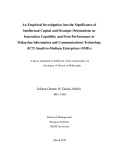
1
CHAPTER 1
INTRODUCTION
1.1. Motivation
In transitional economy such Vietnam, business activities of the firm are affected by
the constant changes in knowledge, the limitation in resources, the tough
competitions and unpredicted risks, etc. In such context, the role of key person insider
of the firm such as CEO, senior managers become very important. They should have
more extensive experiences in equipping market information, knowledge in order to
improve or maintain firm performance (Wiklund, 1999). Besides, they also have
enriched the business relations as well (Nguyen & Viet, 2012).
Market orientation drives organizational market information processing activity as
well as how it is used in the firm strategy (Kohli & Jaworski, 1993; Sin et al., 2005).
Market-oriented firms usually concern towards customers and competitors. Market
orientation has been proven to positively impact on firm performance (Kohli &
Jaworski, 1993; Baker & Sinkula, 1999). Similarly, Narver & Slater (1990)
determined that market orientation will create necessary behaviors to build up
maximum values to customers.
A mechanism that reflects the consideration of customers as an important operant
resource is relationship marketing orientation (RMO). This concept can further
enhance customers’ identification with the organization (Gohary & Hamzelu, 2016).
RMO reflects the firms’ philosophy of doing business that is concerned with
relationshp building by cultivating trust, empathy, bonding, and reciprocity between
a firm and its customers (Sin et al., 2005; Tse et al., 2004). Yet, the meaning and the
role of RMO concept in transitional economies such as Vietnam is still unclear and
need to be more explored (Nguyen & Viet, 2012; Luu, 2017)
Corporate social responsibility (CSR) is not a new concept in the world, but it has
still remained much concern not only to scholars but also for business environment
practitioners. CSR is defined in a broader view as corporate behaviors and
commitments which aim to affect positively stakeholder obligations, and go beyond
its economic interest (Turker, 2009; Kotler & Lee, 2005; Galbreath, 2009; Carroll,
1991). In Vietnam, in recent years, a lot of attentions have been paid to this concept
from practitioners and scholars as well. However, in Vietnam, it is relatively difficult
to implementing CSR.
There still has little research that has many investigated the relationship among the
concept of Market orientation (MO), Corporate Social Responsibility (CSR) and firm
performance (Long, 2015). However, it seems that there has a few research
conducting to examine this relationship that relating to the RMO concept. This study
deploys in context of Vietnam marketing communications industry, a typical service







